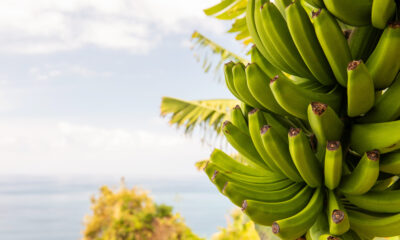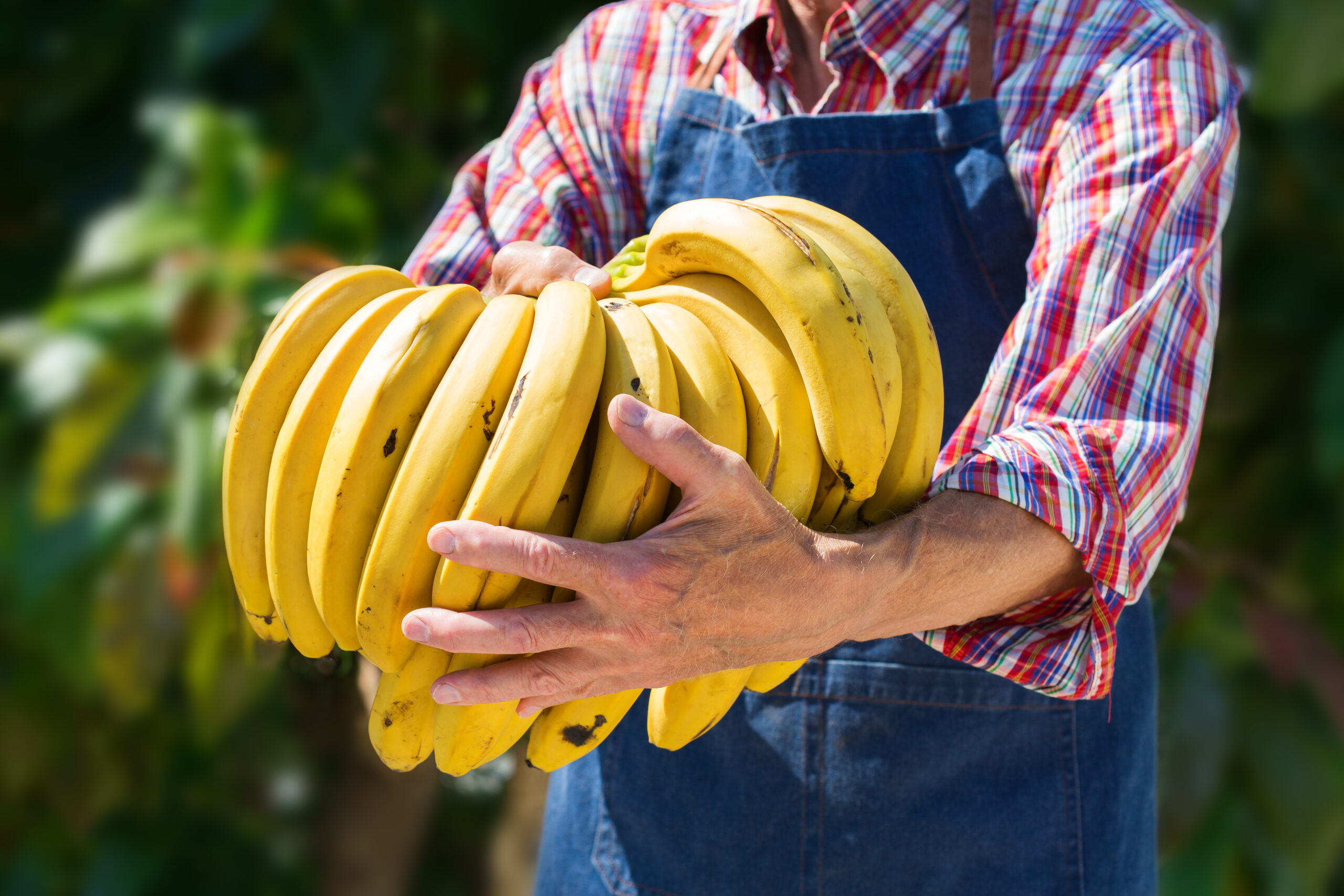Introduction
Costa Rica, renowned for its biodiversity and agricultural prowess, stands on the cusp of a groundbreaking innovation: disease-resistant banana through genetic modification (GM). Bananas, a staple crop in Costa Rica, face significant threats from diseases like Fusarium wilt, which can devastate entire plantations. Traditional breeding methods have had limited success in developing resistant varieties, prompting scientists to turn to genetic modification for a solution.
By harnessing biotechnology, researchers aim to imbue bananas with resistance safeguarding the industry against losses and ensuring food security. This innovation holds immense promise not only for Costa Rica but for banana-producing regions worldwide grappling with similar challenges.
However, the adoption of genetically modified bananas raises complex questions about agricultural sustainability and market competitiveness. While disease-resistant varieties can reduce reliance on chemical pesticides and boost yields, concerns linger regarding environmental impacts, biodiversity, and consumer acceptance. Additionally, small-scale farmers may face barriers to accessing and adopting GM technology, potentially exacerbating inequalities within the industry.
Navigating these challenges requires a comprehensive approach that prioritizes environmental stewardship, socio-economic equity, and regulatory oversight. As Costa Rica introduces the path towards disease-resistant bananas. It must balance innovation with responsibility, ensuring that the benefits extend to all stakeholders while safeguarding the nation’s rich agricultural heritage.
Disease-resistant Banana
The development of disease-resistant bananas represents a significant breakthrough in agricultural biotechnology, particularly as Costa Rica ventures into genetically modified (GM) products for the first time. By incorporating GM technology, scientists can secure bananas against pathogens, mitigating the devastating impact of these diseases on plantations. This innovation not only bolsters the resilience of Costa Rica’s banana industry but also underscores the nation’s capacity for scientific advancement.
The introduction of GM disease-resistant bananas holds the potential to revolutionize agricultural sustainability in Costa Rica and beyond. By reducing the need for chemical pesticides and minimizing crop losses, these genetically modified varieties can enhance environmental health and promote long-term ecological balance. Furthermore, the increased yield and quality of disease-resistant bananas can bolster market competitiveness, positioning Costa Rica as a leader in the global banana trade.
As Costa Rica introduces the integration of GM technology into its agricultural landscape, it must navigate these complexities with diligence, ensuring that the benefits of disease-resistant bananas are equitably distributed and sustainably managed for future generations.
Disease-resistant Banana an Agricultural Innovation
The emergence of disease-resistant bananas stands as a transformative agricultural innovation with far-reaching implications, especially in regions like Costa Rica where bananas are a cornerstone of the economy. Through advancements in genetic modification and biotechnology, scientists are developing bananas resilient to devastating diseases like Fusarium wilt. This breakthrough promises to bolster the sustainability and productivity of banana cultivation, safeguarding livelihoods and food security.
In Costa Rica, where bananas are a vital export commodity, the adoption of disease-resistant varieties could yield significant economic and environmental benefits. By reducing the reliance on chemical pesticides and curbing crop losses due to disease, farmers can achieve higher yields and more stable incomes. Moreover, the environmental footprint of banana production may decrease, as fewer chemicals are applied, enhancing the ecological integrity of agricultural landscapes.
Nevertheless, the introduction of disease-resistant bananas also raises complex challenges. Ethical considerations regarding genetic modification, potential impacts on biodiversity, and consumer acceptance must be carefully addressed. Additionally, ensuring equitable access to these innovations for small-scale farmers is essential to prevent exacerbating socio-economic disparities.
As Costa Rica embraces disease-resistant bananas as a key agricultural innovation, stakeholders must collaborate to navigate these challenges responsibly. By fostering dialogue, implementing robust regulatory frameworks, and prioritizing sustainability, Costa Rica can harness the full potential of this innovation while safeguarding the environment and promoting social equity.
Conclusion
In conclusion, the advent of disease-resistant bananas through genetic modification represents a watershed moment for Costa Rica’s agricultural sector. This innovation not only holds the promise of bolstering the resilience of banana plantations against devastating diseases like Fusarium wilt but also underscores the nation’s capacity for scientific ingenuity and sustainable development.
As Costa Rica introduce the adoption of genetically modified products in its agricultural landscape, it faces a myriad of opportunities and challenges. Disease-resistant bananas offer the potential to enhance agricultural sustainability, promote economic prosperity, and contribute to global food security. By reducing the need for chemical pesticides and minimizing crop losses, these innovative varieties can foster more environmentally friendly farming practices and improve the livelihoods of farmers.
However, the successful integration of disease-resistant bananas into Costa Rica’s agricultural system requires careful consideration of ethical, environmental, and socio-economic implications. Transparency, stakeholder engagement, and regulatory oversight are paramount to ensure that the benefits of this innovation are equitably distributed and sustainably managed.
Moving forward, Costa Rica must continue to prioritize responsible innovation, balancing the pursuit of scientific advancements with the protection of environmental and social well-being. By embracing a holistic approach to agricultural development, Costa Rica can harness the potential of disease-resistant bananas to build a more resilient, equitable, and sustainable future for its agricultural sector and beyond.





 Environmental Sustainability1 year ago
Environmental Sustainability1 year ago
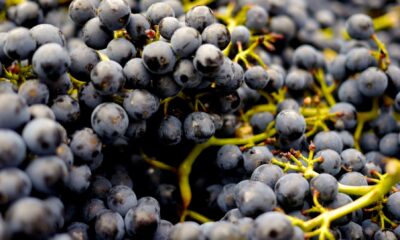

 Agriculture, Transportation & Logistics7 months ago
Agriculture, Transportation & Logistics7 months ago


 Agriculture, Transportation & Logistics1 year ago
Agriculture, Transportation & Logistics1 year ago


 Food Safety & Quality Control7 months ago
Food Safety & Quality Control7 months ago
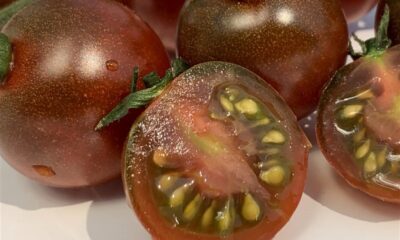

 Food Safety & Quality Control1 year ago
Food Safety & Quality Control1 year ago


 Food Safety & Quality Control1 year ago
Food Safety & Quality Control1 year ago
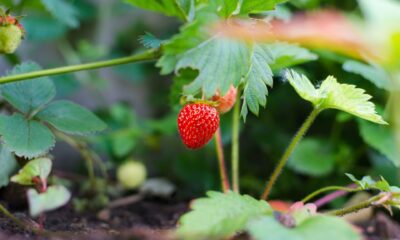

 Agriculture, Transportation & Logistics12 months ago
Agriculture, Transportation & Logistics12 months ago


 International Trade & Commerce1 year ago
International Trade & Commerce1 year ago






